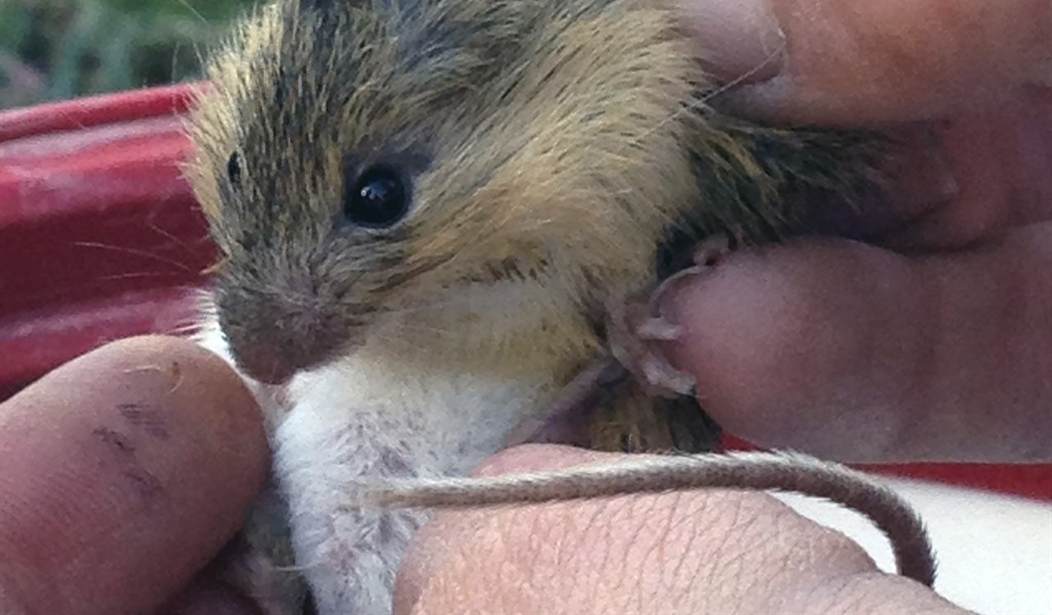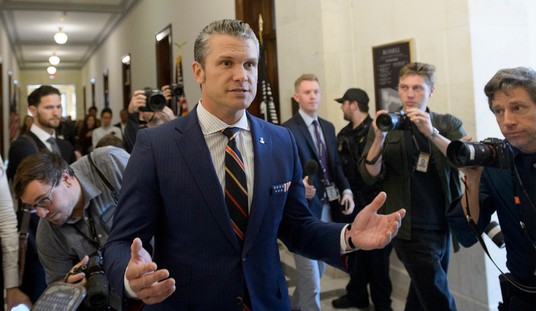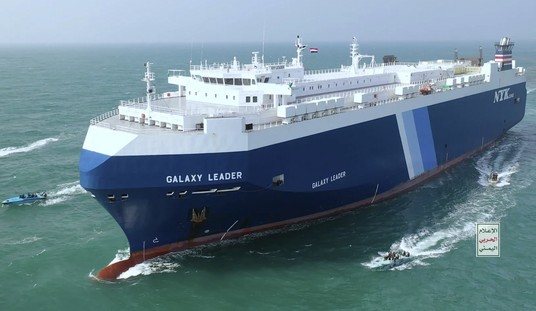In the sub-Antarctic Indian Ocean, between Antarctica and South Africa, lies a chunk of land in the sea called Marion Island. For untold thousands of years, Marion Island has been a haven for nesting seabirds, including the Sooty Albatross. About 200 years ago, house mice were brought to Marion Island by humans, and the mice have been causing trouble ever since. Now their population has grown to the point where they are actually feeding on the seabirds, not only on the eggs and nestlings but even on the adults, as the birds are not conditioned to deal with the little rodents.
Fortunately for the birds, a group called Mouse-Free Marion will try to wipe out the mice. Good luck to them - no matter how hard humans try to eliminate mice, the little critters always seem to squeak by.
The whiskered rodents were accidentally introduced to Marion Island 200 years ago and are breeding wildly as climate change raises temperatures.
Now conservationists are taking drastic action on the tiny island situated in the sub-Antarctic Indian Ocean, between Antarctica and South Africa - with no margin for error.
The Mouse-Free Marion project - pest control on a grand scale - will see up to six helicopters drop 550 tons of rat poison across the island.
But if even one pregnant mouse survives, their prolific breeding ability means it may have all been for nothing.
Humans and mice have been fighting a war of attrition for millennia now, and the best we humans have been able to manage, for all our vaunted brains and technologies, is to fight the rodents to a draw and, in most cases, not even that. Mice (and rats) do very well around humans and breed like wildfire whenever they have suitable conditions. Marion Island would appear to present them with suitable conditions.
Conservationists estimate that if nothing is done, 19 seabird species will disappear from the island in 50 to 100 years, he said.
The bait that will be used to kill the mice has been designed to not affect the soil or the island's water sources.
It shouldn't harm the seabirds, who feed out at sea, and won't have negative impacts for the environment, Dr Wolfaardt said. Some animals will be affected at an individual level, but those species will recover, he added.
But it won't be for a couple of years yet, with a go-ahead date of 2027 planned.
I have to say, sad as it is for the seabirds, my money's on the mice. Invasive species in general are a big problem, but mice are on a whole different level.
See Related: A New Wrinkle in Illegal Immigration: Giant Invasive Goldfish Wreaking Havoc in the Great Lakes
Invasive Joro Spiders Adapting to City Life, Poised to Spread
The common House Mouse (Mus musculus) is a formidable pest. Females reach breeding age in a matter of weeks, their gestation period is three weeks or less, and they can produce 10 to 14 litters a year of up to 12 pups each, each mouse can live for three years, breeding and eating all the while. They can breed faster than they can be killed. They have to because the only reason the planet isn't covered with a thousand-feet-deep layer of mice is because, in their natural habitat, everything eats them; an old field zoology professor I once studied under rather unkindly referred to them as "nature's nachos." However, in places like Marion Island, where they have no natural predators, they can be a real headache.
One would think importing cats is a good idea here, but invasive cats could not only affect the seabirds but historically have had limited effect on mice populations. At times the mice have even been known to turn the tables.













Join the conversation as a VIP Member